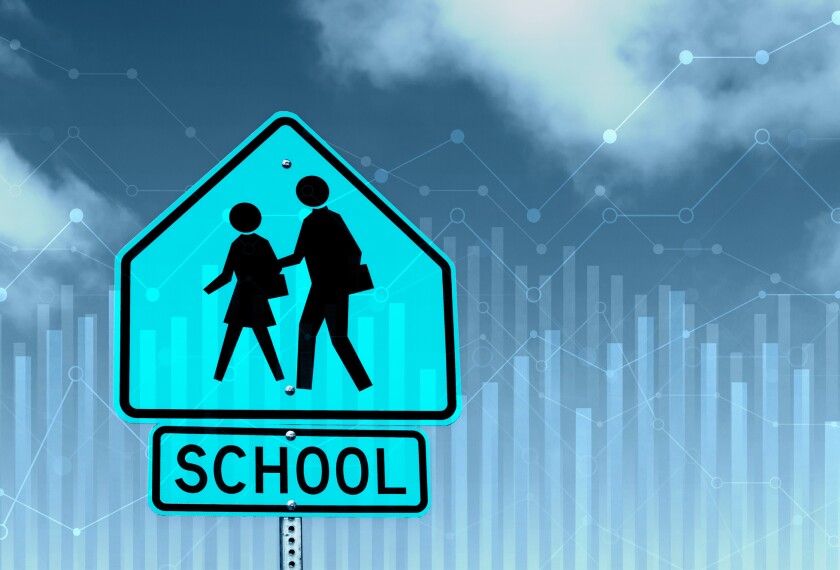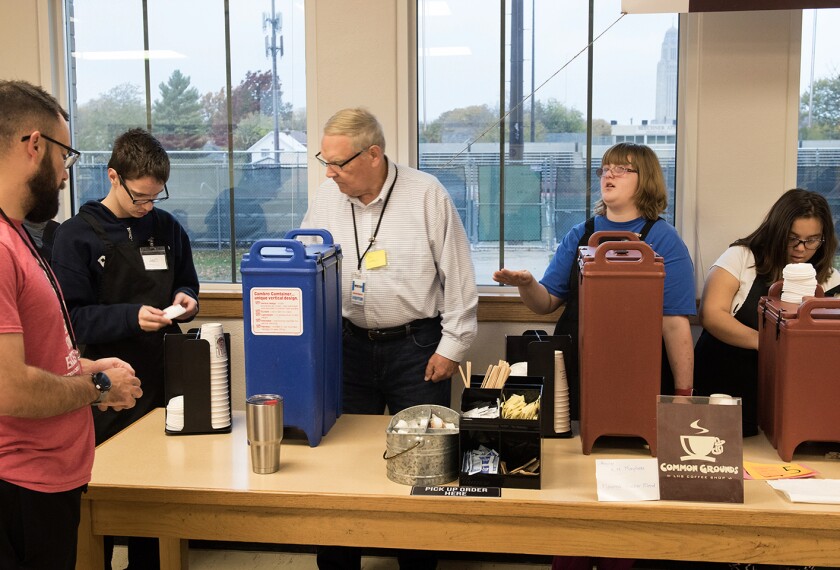America is projected to have 3 million fewer K-12 students attending public school by 2031 than it did in 2013.
But those losses won’t be evenly distributed from one place to another, according to an Education Week analysis of federal data on K-12 enrollment and overall U.S. population trends. Some states will see as much as a 16 percent drop in school enrollment over the next decade, while a small handful of others will see gains.
Public school enrollment trends play a key role in determining school funding decisions in most state legislatures. They also factor heavily into debates over where to open and close school buildings, how to address overcrowded or underpopulated classrooms, and how to design staffing models to meet the needs of an ever-changing student body.
Experts are warning that schools need to prepare for escalating budget and logistical pressures in the coming years as factors like declining birth rates and expanding private school choice continue to wreak havoc on conventional wisdom about where Americans live and how many attend school.
Here are a few key figures that illustrate the complexity of the coming changes.
Disclaimer: The copyright of this article belongs to the original author. Reposting this article is solely for the purpose of information dissemination and does not constitute any investment advice. If there is any infringement, please contact us immediately. We will make corrections or deletions as necessary. Thank you.







